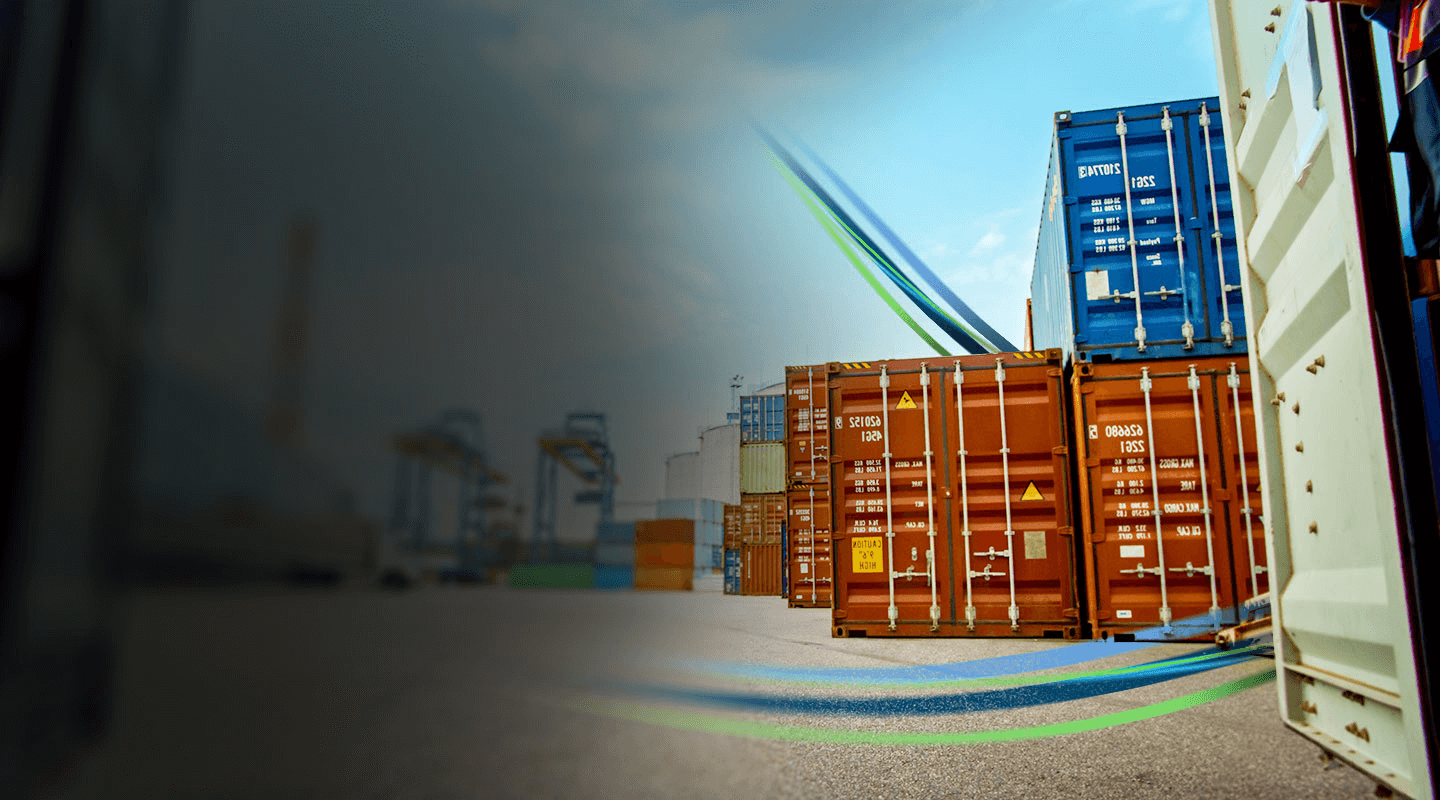Part load shipping, also known as Less Than Container Load (LCL) for sea freight or Less Than Truckload (LTL) for road freight, is a cost-effective solution for businesses that do not require a full container or truck for their shipments. This guide will walk you through the essentials of part load shipping for export and import.
What is Part Load Shipping?
Part load shipping involves consolidating multiple shipments from different shippers into a single container or truck. Each shipper only pays for the space their cargo occupies, making it a more economical option compared to Full Container Load (FCL) or Full Truckload (FTL) shipping.
Benefits of Part Load Shipping
Cost Savings: You pay only for the space your goods occupy, reducing shipping costs.
Flexibility: Ideal for smaller shipments that do not require a full container or truck.
Frequent Departures: Part load services often have more frequent schedules, reducing wait times.
When to Use Part Load Shipping
Small or Medium-Sized Shipments: When your shipment is too large for parcel delivery but too small to fill a container or truck.
Variable Shipment Sizes: If your shipment sizes vary and do not consistently require full container or truck space.
Cost Efficiency: When budget constraints make full load options less viable.
How Part Load Shipping Works
Consolidation: Your goods are consolidated with other shipments at a warehouse or consolidation center.
Transport: The consolidated cargo is transported to the destination, where it is deconsolidated and distributed to individual consignees.
Delivery: Your shipment is delivered to the final destination, either directly or via a distribution center.
Key Considerations for Part Load Shipping
Packaging: Proper packaging is crucial to protect your goods during handling and transport. Use durable materials and secure your items to prevent damage.
Labeling: Clearly label each package with the destination address and any special handling instructions.
Documentation: Ensure all necessary documentation is accurate and complete, including commercial invoices, packing lists, and shipping instructions.
Insurance: Consider purchasing insurance to cover potential damage or loss during transit. Verify the coverage offered by the freight service provider.
Steps to Arrange Part Load Shipping
Choose a Reliable Freight Forwarder: Select a freight forwarder with experience in handling part load shipments. They will manage the logistics, including consolidation, transportation, and deconsolidation.
Get a Quote: Provide details about your shipment (dimensions, weight, destination) to receive a quote. Compare quotes from multiple providers to find the best rates and services.
Prepare Your Shipment: Pack and label your goods properly. Ensure all required documents are ready.
Schedule Pickup: Arrange for your goods to be picked up or deliver them to the consolidation center.
Track Your Shipment: Use the tracking tools provided by your freight forwarder to monitor the status of your shipment.
Export and Import Considerations
Customs Clearance: Ensure compliance with customs regulations in both the exporting and importing countries. This includes accurate documentation, tariffs, and duties.
Incoterms: Understand Incoterms (International Commercial Terms) to determine the responsibilities and costs borne by the exporter and importer.
Transit Times: Be aware that part load shipments may take longer than full load shipments due to the consolidation and deconsolidation process.
Tips for Successful Part Load Shipping
Plan Ahead: Allow extra time for the consolidation process and potential delays.
Communicate Clearly: Maintain open communication with your freight forwarder and provide all necessary information upfront.
Monitor Costs: Regularly review and compare shipping rates to ensure you are getting the best deal.
Stay Informed: Keep up-to-date with changes in shipping regulations and industry trends.
Part load shipping is an excellent option for businesses looking to optimize their shipping costs without needing a full container or truck. By understanding the process, preparing your shipment correctly, and working with a reliable freight forwarder, you can ensure your goods are transported efficiently and safely. Whether you are exporting or importing, part load shipping offers flexibility and cost savings that can benefit your business's logistics strategy.
Please contact us for advice or further information or help or visit our website.
